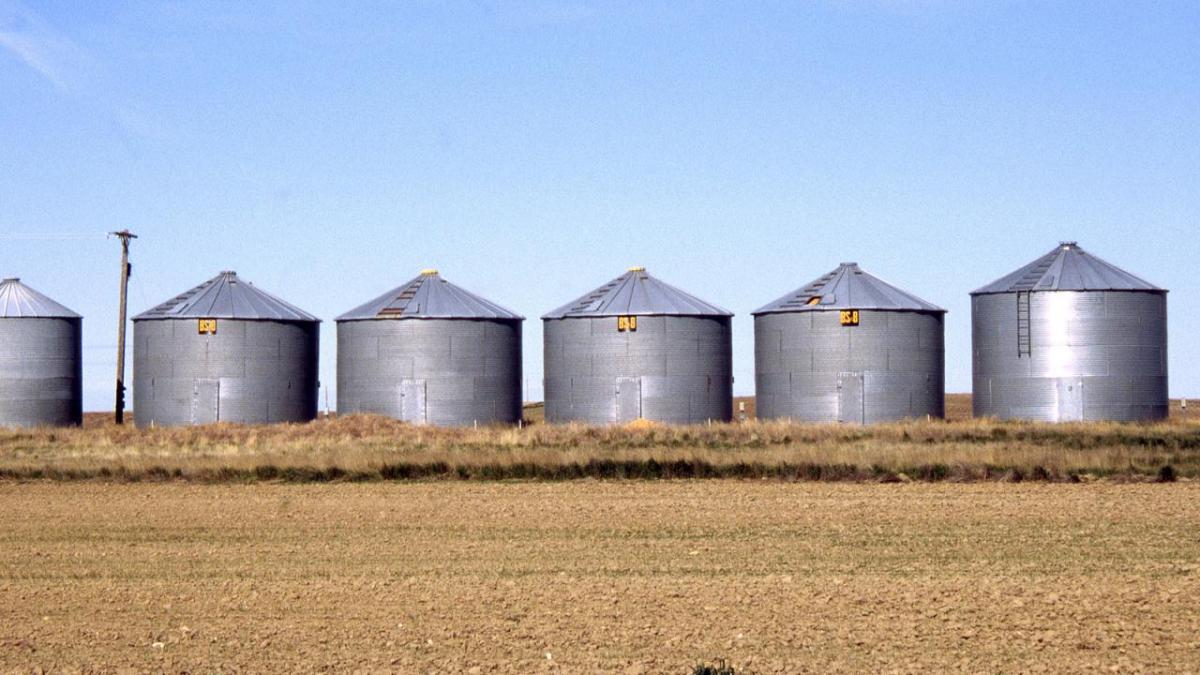USDA/Flickr (Public Domain)
This is an updated version of an article first published by CropWatch on Oct. 7, 2016.
1. Subscribe to your elevator’s text message service.
Crop prices change quickly. The best way to see what is happening to prices in your area is to subscribe to your local elevator’s text messaging service. Typically, these services will send a message three times a day with the current cash price. Most of these services are free if you are a regular customer or co-op member.
2. Track your basis.
Your local grain buyer (elevator, ethanol facility, or even feed yard) uses the futures market to decide what price to pay for grain. Usually, the price “on the board” is not the same as the price they are willing to pay you. The difference between the futures market and the local price is called basis. For example, the price of corn at the local elevator is $3.47/bu., but the nearby corn contract closed at $3.80, making the basis -$0.33/bu. Basis is set by each elevator and helps them account for the cost of buying and re-selling grain and for local supply and demand. This also means that different grain buyers will have different bases.
Basis in most locations has a predictable pattern. By tracking your basis over time, you can tell whether the current basis is signaling you to sell or store your grain. If basis is higher or less negative (narrower) than the average basis for that time of year or the recent trend, the local elevator could be signaling you to sell your grain. If the basis is lower or more negative (wider), the elevator could be signaling you to store your grain.
3. Know your storage expense.
A key consideration when deciding when to market your grain is the expense of grain storage and handling. The longer you hold grain, the more these expenses will eat at your revenue. Even if you store grain on-farm, there is an expense to holding that grain. Iowa State University estimates that grain bins rent on average for $0.03 per bushel per month. However, the survey shows that these rates vary from $0.015 to $0.04. (See page 4, 2020 Iowa Farm Custom Rate Survey).
4. Have a written marketing plan.
Getting market price updates, tracking the local basis, and knowing your storage expense will not help if you do not have a marketing plan. For many of us it is hard to “pull the trigger” when it comes to selling grain. By writing a grain marketing plan, you are no longer measuring today’s price to yesterday’s price, rather you are gauging the current price by the expectation you have set in your plan. At minimum, your plan should include the price you would like to sell at, the date you want to sell by, and the amount of grain you want to sell. Marketing plans are not written in stone. They can be modified if the market drastically changes.
